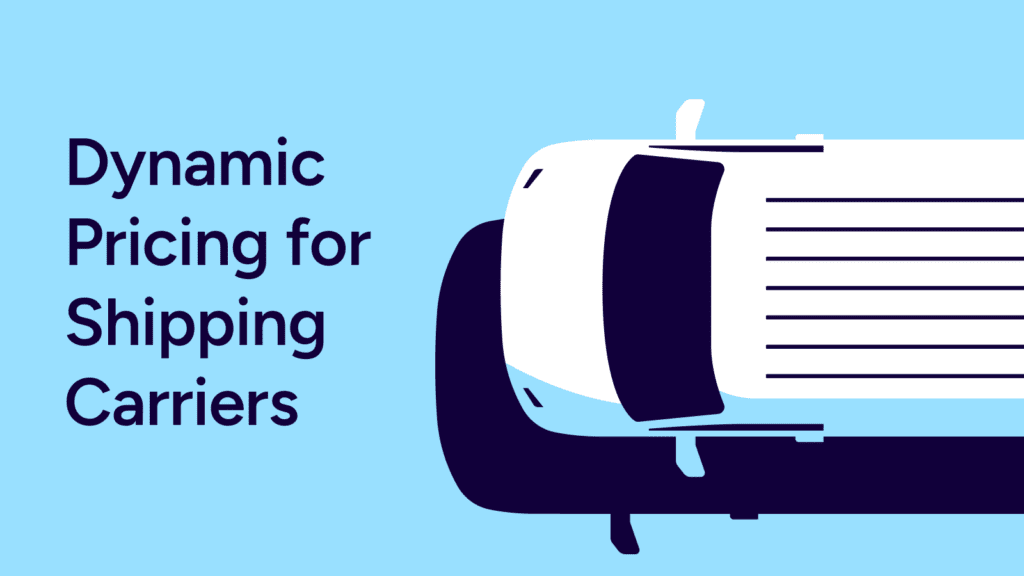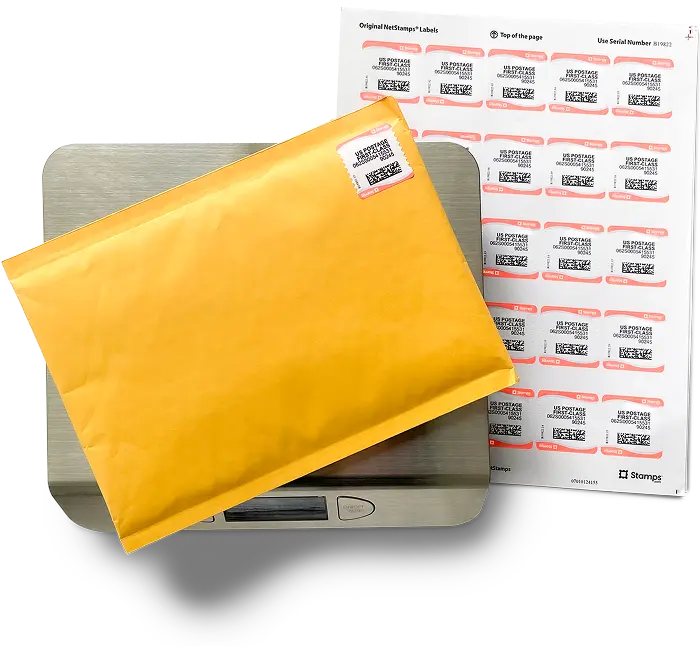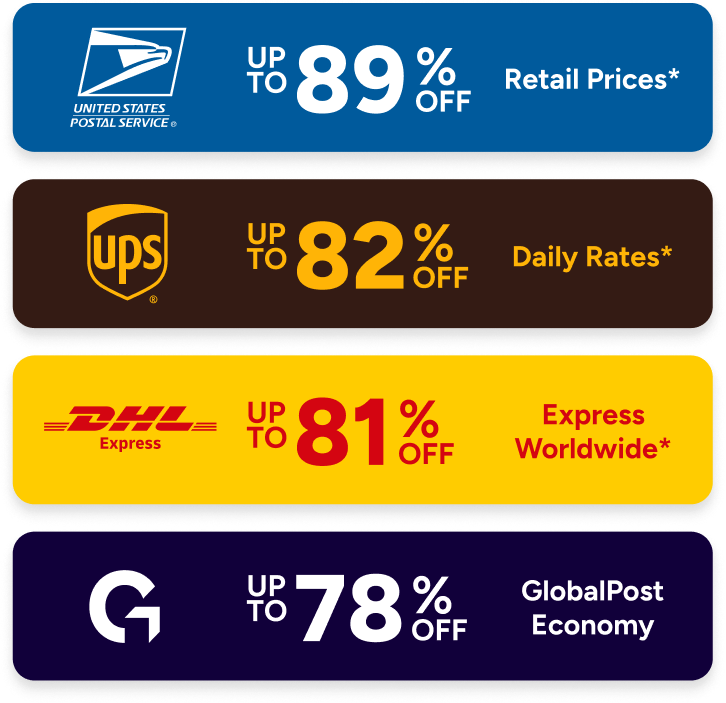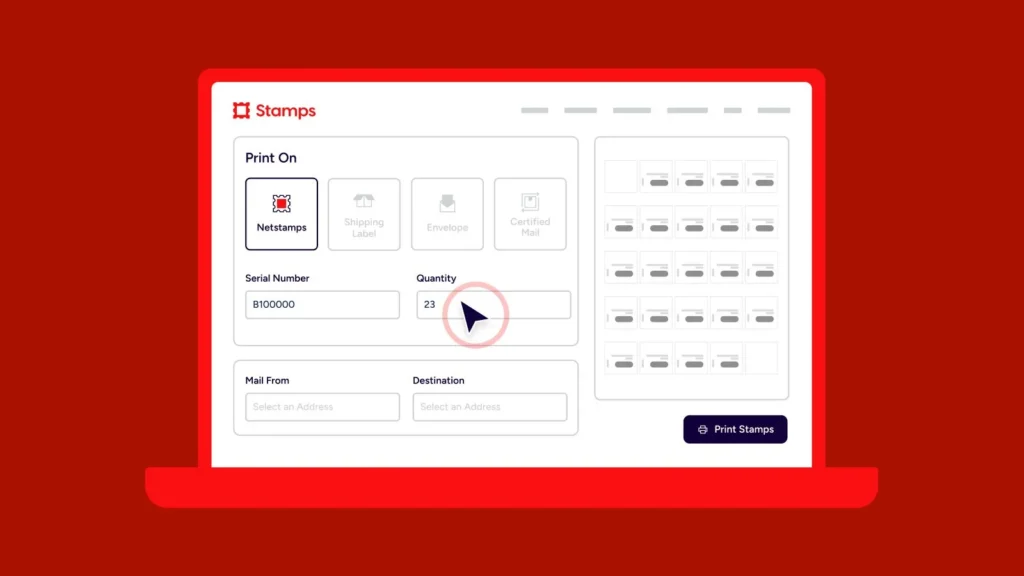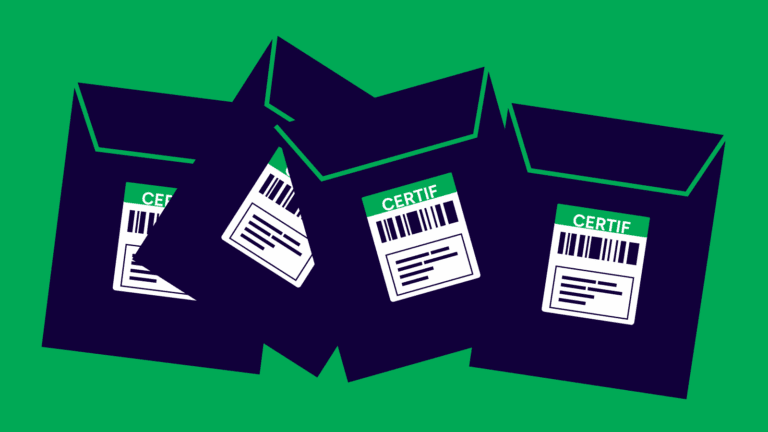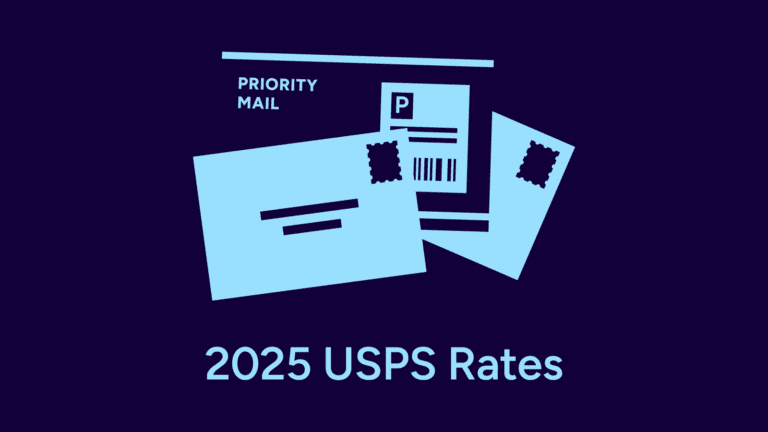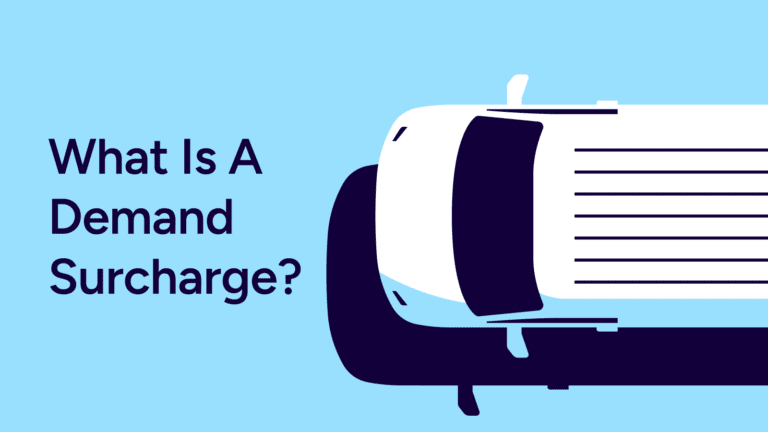Historically, postage rates have been fixed. However, a significant shift is underway this year, as more carriers are adopting dynamic pricing models. This means that rates are no longer fixed but are adjusted in real-time based on various factors.
These changes can make mailing and shipping difficult for businesses to keep up with and navigate. As sending becomes more intricate, knowing when to send, how pricing works, and what tools will help can significantly impact the mailing and shipping strategy you put in place to run your business. Let’s explore what dynamic pricing means and how it’s changing mailing and shipping today and into the future.
What is dynamic pricing?
Dynamic pricing may sound new, but you’ve likely encountered it before. Consider how airline ticket prices vary as the departure date nears. If you check ticket prices one day, you might see they’ve changed when you look again a few days later.
In mailing and shipping, rates can fluctuate based on real-time factors such as demand, shipping capacity, and even seasonal trends. Understanding these shifts helps businesses plan ahead, securing better rates and avoiding unexpected expenses.
Dynamic pricing allows postage rates to be flexible, adjusting based on various factors like demand, volume, distance, fuel costs, and delivery speed. Unlike traditional fixed rates, which can lead to inefficiencies in the carrier network, dynamic pricing reflects actual operational costs and market conditions.
How dynamic shipping rates work for carriers
Carriers employ automated tools to adjust rates in real-time. Here’s how this process works:
- Real-Time Adjustments: Carriers monitor factors influencing mailing and shipping costs. For example, during peak seasons like holidays, an increase in demand can lead to temporary rate hikes.
- Distance and Package Size: The cost generally increases with longer distances and larger package sizes.
- Shipping Speed: Customers often pay a premium for expedited delivery, and dynamic pricing allows carriers to adjust these rates based on capacity and demand.
Dynamic pricing vs. traditional fixed rates
While traditional fixed rates offer predictability, they can result in higher costs for certain shipments. In contrast, dynamic pricing:
- Provides Flexibility: Prices change based on real-time data, allowing customers to benefit from lower rates during off-peak times.
- Reflects Current Market Conditions: Customers receive accurate prices that reflect the mailing and shipping landscape at any given moment.
The main driver behind carriers adopting dynamic pricing is competition. With numerous shipping options available, carriers must be agile to attract customers. This flexibility enables them to offer competitive rates that mirror the current market, ensuring they stay relevant.
Dynamic pricing benefits customers by providing potential savings during low-demand periods or when operational efficiencies arise. This competitive environment ultimately enhances value for consumers.
The future of dynamic pricing for carriers
As the mailing and shipping industry continues to progress, dynamic pricing is poised to become standard practice among carriers. Future expectations include:
- Increased Automation: Advanced algorithms will enable carriers to refine their pricing strategies more effectively.
- Enhanced Customer Tools: Customers will gain access to improved tools to navigate pricing changes and choose the best shipping options.
- Greater Market Responsiveness: Carriers will adapt pricing in real-time to fluctuations in demand, maintaining competitiveness and cost-effectiveness.
How we can help
We recognize the challenges that come with dynamic postage rates. We make it easier to navigate these changes, empowering you to make informed decisions for your business and for yourself.
Here’s how we support our customers:
- Real-Time Postage Rates: Our software is always up-to-date and reflects the latest postage rates from all carriers to ensure you always get access to the best deals.
- Cost-Saving Functionality: Our Rate Advisor and “Switch and Save” features calculate exact postage so you don’t have to. We also let you know when there is a more affordable way to send.
- Multiple Carrier Options: We offer access to multiple carriers, allowing you to choose the best rates and services for your mailing and shipping needs.
- Resources and Support: Our help center and support team are always available to help you understand changes in the landscape.
At Stamps.com, we’re dedicated to supporting you through these changes, ensuring you stay informed and equipped with the tools you need to mail and ship successfully.
Frequently Asked Questions
Can Stamps.com help me track my postage spending?
Yes. Our reports show you you activity and total spend by carrier, mail class, shipping service -- so you always know how much you send. You can customize your reports by date and, if you are on our multi-location plan, you can also view activity and spend per location and user.
Does postage from Stamps.com cost more than postage from the Post Office or UPS?
No. Our negotiated carrier discounts ensure you pay less for First Class Mail® stamps and get up 88% off shipping services from USPS, UPS, and other top carriers. These are discounts you will not find at the Post Office as they are reserved for high volume enterprises. Check stamps.com/carriers for latest on carriers and rates.
How do I calculate domestic postage costs?
Our rate advisor feature helps you calculate exact postage or shipping rate for anything you send. All you need is your item's weight and dimensions -- we do all the math for you and recommend cheapest, fastest, and best rates across all carriers.
How fast is Priority Mail Express International?
Delivery is made by the country's postal service in 3 - 5 business days, depending on the destination.
How fast is Priority Mail International?
Generally, it takes Priority Mail International six to ten business days. USPS hands off shipments at the border of the destination country before the local postal service completes the delivery.
How much does USPS First Class Package International® cost?
While price varies depending on weight and destination, rates for this service begin at $17 dollars.
USPS Priority Mail vs. First-Class Mail: What is the speed comparison?
USPS Priority Mail generally delivers in 2-3 business days. First-Class Mail, while more economical, typically takes 1-5 business days for delivery.
What are NetStamps
NetStamps are USPS-approved blank labels on which you can print your own stamps. Simply buy postage on Stamps.com, use any printer to print on a NetStamps sheet or roll, and stick the NetStamp to an envelope, postcard, or other First Class Mail.
What are nonmachinable envelopes?
Nonmachinable envelopes might be non-rectangular, rigid, unevenly thick, or have non-paper closures, meaning they cannot be processed efficiently by USPS's automated sorting equipment, and require special handling, resulting in a surcharge in addition to the standard postage.
What are the different types of Flat Rate Envelopes?
Regular, Legal, and Padded
What are the USPS Ground Advantage costs and rates?
Packages up to 15.999 ounces are priced in 4-ounce increments, while heavier packages are charged by the pound, rounded up. The further the distance, the higher the cost. Additional fees apply to oversized packages. Easily calculate discounted rates anytime at Stamps.com.
What are the USPS Priority Mail delivery times?
USPS Priority Mail typically takes one to three business days, depending on destination, to deliver. You can easily check for a delivery time estimate on USPS’s Priority Mail Delivery Map.
What items can be shipped through Media Mail?
Educational materials like books, music, or videos that never include any products or advertising.
What shipping rate discounts can I get with Stamps.com?
With USPS, Stamps.com customers have access to Commercial Base, Commercial Plus, Cubic Pricing, and Negotiated Service Agreements. Savings include:
- Up to 16% on all Priority Mail Express® shipments
- Up to 30% on Priority Mail® shipments
- Up to 7% on international shipments
- Up to 40% on package insurance
With UPS, Stamps.com customers get up to 73% off UPS 2nd Day Air® and up to 77% off UPS® Ground Daily Rates.* Plus, many common surcharges are waived, including the residential surcharge for UPS Ground shipments.
*UPS rates are limited to shipping from the continental U.S. only. These rates and discounts exclude shipment origins from Hawaii, Puerto Rico, and Alaska. These rates and any applicable discounts are subject to change at any time without notice.
What USPS service should I use if I want to send large envelopes under 15.994 oz, letters up to 3.5 oz, and postcards?
First-Class Mail International®
When using Priority Mail International, should I ship Flat Rate or by weight?
Flat Rate Envelopes are ideal for documents or small, dense items weighing 4 lbs or less, as they offer a single price based on the destination country. For items between 4 lbs and 70 lbs, or those that don't fit into the Flat Rate Envelopes, you'll need to ship by weight using your own packaging. It’s more affordable to use Flat Rate boxes if your item is under 20 lbs.

